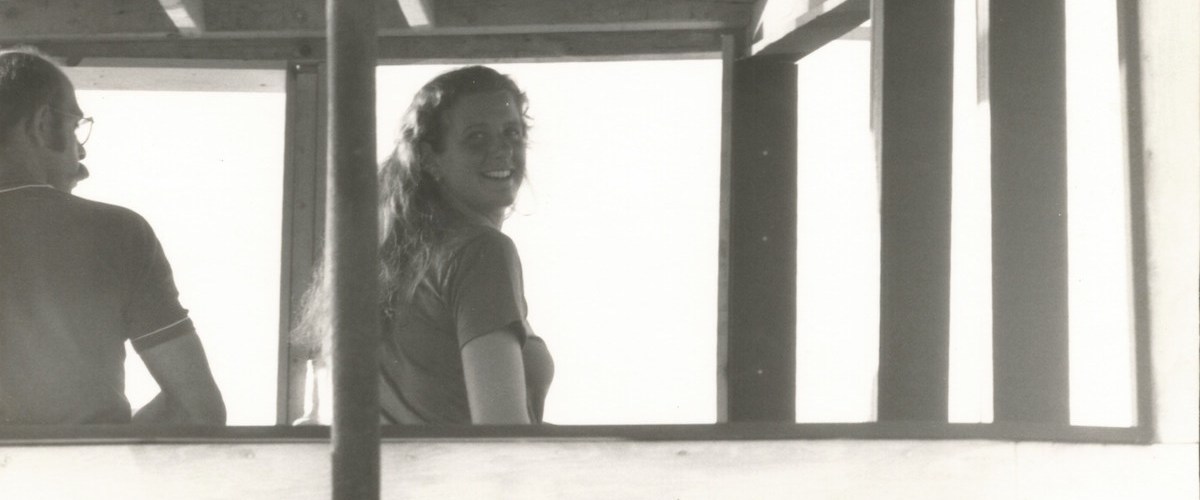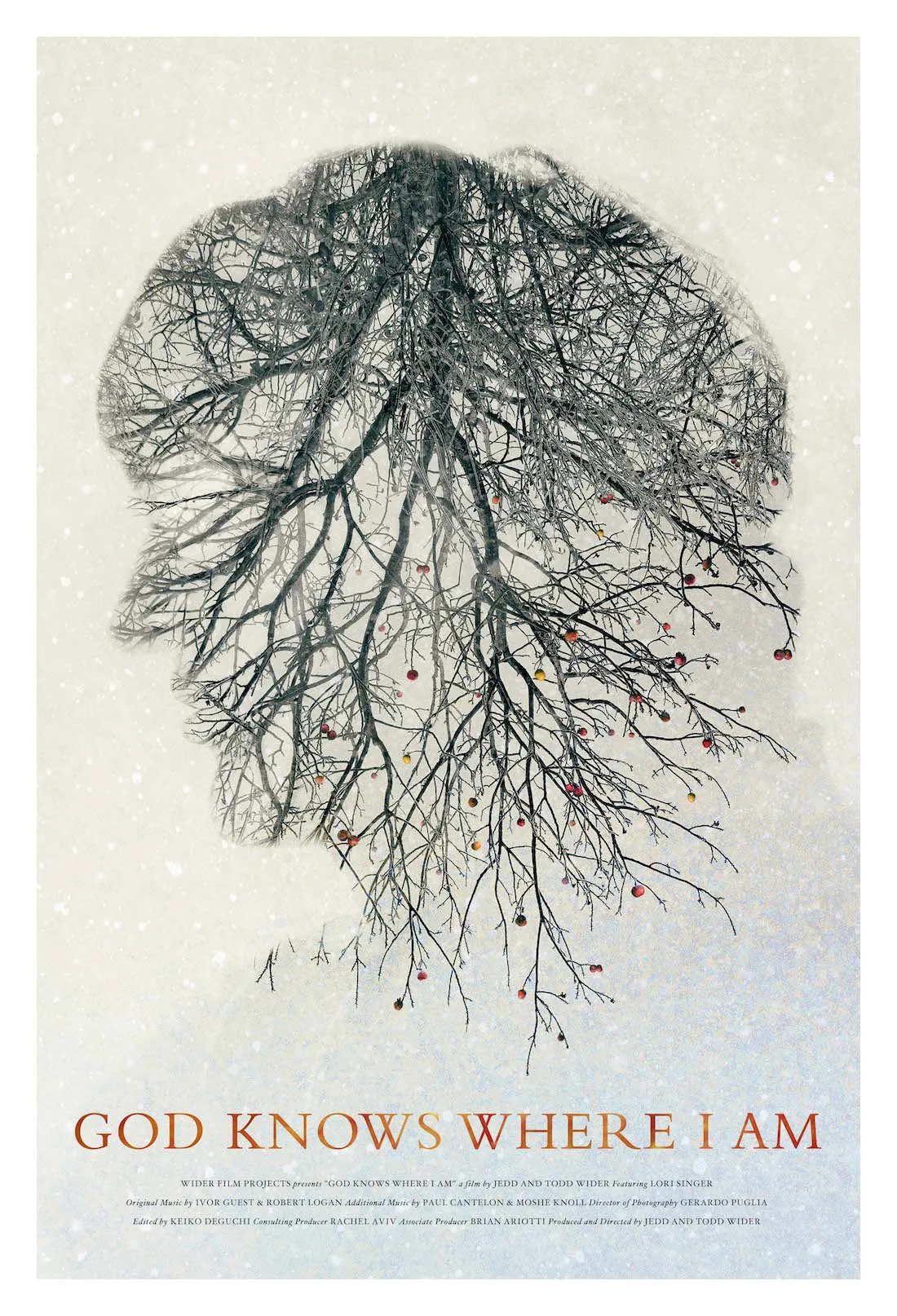Glowing sunrises and sunsets. Long-deserted apple trees bearing pockmarked fruit. A farmhouse, gently molting its exterior paint. In “God Knows Where I Am,” directors Jedd and Todd Wider employ some stunning, nostalgic-tinged cinematography—shot with a variety of film cameras, including a 1939 Bell & Howell, which was used in WWII war photography—to recreate the bucolic solitude that would mark the final months of Linda Bishop’s life.
The 50-something was found dead in May 2008, lying in the middle of the farmhouse, her shoes neatly stored beside her decomposing corpse. Bishop’s suicide note was addressed to “Whomever finds my body” and claimed that she had been the victim of domestic violence. But it turns out the message was not a suicide letter at all. Law enforcement, some of them interviewed in the film, pieced together what happened to Bishop through a journal she left behind, in which she detailed several months of squatting in the abandoned farmhouse, waiting for her beloved “Steve” to come get her, and subsisting on nothing more than rain-water and apples from the nearby orchard.
How did Bishop die? Why did she die? Was she killed by an abuser?
The film leaves many details of Bishop’s life up in the air for a good portion of the film. Instead, for most of its running time “God Knows Where I Am” narrates Bishop’s four-month-long stay in the farmhouse using bits and pieces from her journal, anecdotes and details from those who knew her, and archival photography to show the woman who once was. Her journal entries are dramatized in voiceover by Lori Singer, and they make her sound quite grateful with the ascetic sanctuary she found in the farmhouse.
As soon as the film identifies her name, more talking heads—friends and family members—come into the picture, characterizing Bishop as a vivacious, witty and intelligent woman. She had a daughter, Caitlin Murtagh and a sister, Joan. They were her social support system. Bishop had a normal, wholesome, happy upbringing. She had friends, married and divorced once, and cared deeply for her daughter.
But as more and more details about Bishop emerge from these interview clips and her journal, the more questions the film creates, yet refuses to answer. Who or what was she hiding from, exactly? Why did she think she could survive solely on apples? Her actions don’t quite match the same woman her family and friends describe with glowing detail, nor does it account for the fact that a well-read, educated woman would hold a waitressing job at a Chinese restaurant. The Widers hold back the missing puzzle piece for a good hour before revealing that nobody was ever really after Bishop.
She had schizoaffective disorder.
By withholding this key piece of information, the Widers instead try to introduce us to Bishop as someone who’s, for lack of a better term, normal—and through her own words. “No luck with electric. Meter isn’t running,” she wrote as the weather started to change. “Something has gotta change before the cold weather comes,” says a later entry. She distracted herself by devouring everything she could find in the house, including a previous tenant’s report cards and college textbooks. “His creative writing is very good … ! Books, just basic freshman courses. The amount of money we had to spend on textbooks … !”
The intentional hour-long omission of her severe mental illness is probably meant to endear us to Bishop through her scribing, yet her writing already paints a picture of someone with a few loose screws. By trying to humanize Bishop through this murky introduction, the Widers end up emphasizing her mental illness much more than necessary.
In the second hour of the film, Joan, Caitlin and various health professionals chronologically outline Bishop’s downward spiral after she began to refuse pharmaceutical treatment, which eventually led to her own death. She lost her job, custody of her child, became homeless, was discharged from a psychiatric institute, and yet because of the laws in place to protect Bishop’s privacy, her family were never notified of her discharge.
It’s astounding that this lack of legal protection for people who do not possess the wherewithal to determine what is in their best interest is coded in law, and the film does begin to explore this subject. Surely, Bishop is not the only case. But because the Widers are intent on telling Bishop’s story and only her story, we get a padded hour of beautiful cinematography and banal journal entries as an attempt to understand a tragic life.
The effort is noble, to give Bishop a chance to tell her story, however compromised its framing and end product might be, but it leaves a lot of unanswered questions. It’s remarkable that a sad woman’s tale could be narrativized on film, instead of becoming just another mental health statistic, but a good documentary explores the issues it explains in more detail, and offers an invitation to the viewer to learn more. “God Knows Where I Am” leaves only a trace behind of a dead woman’s soul. It’s not enough to flesh out a nearly two-hour-long documentary, and it’s not enough information to keep a viewer interested, no matter how closely they may relate to the subject matter.



















